Description
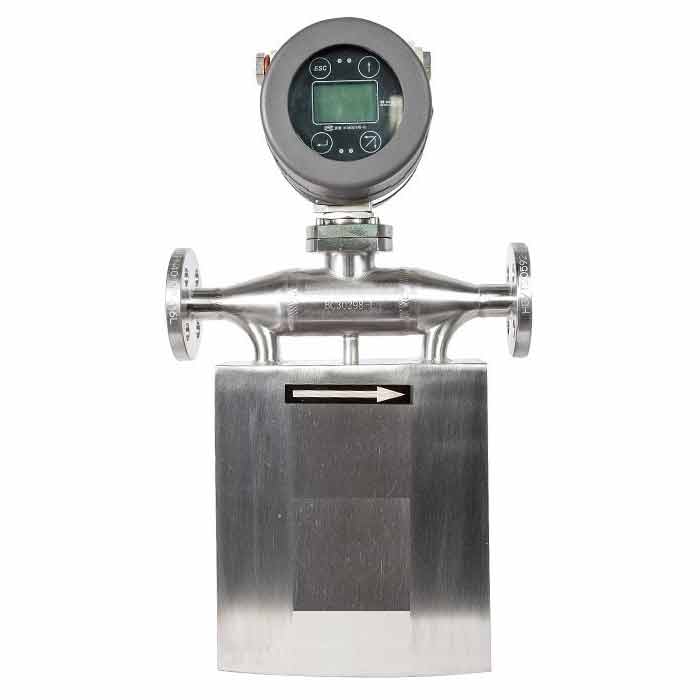 Coriolis flow meters are instruments used to measure the mass flow rate of a fluid. They operate on the principle of Coriolis force, which is a force that acts on a mass moving in a rotating system.
Coriolis flow meters are instruments used to measure the mass flow rate of a fluid. They operate on the principle of Coriolis force, which is a force that acts on a mass moving in a rotating system.
A Coriolis flow meter consists of a U-shaped tube that is oscillated at a specific frequency. When a fluid flows through the tube, it causes a twisting motion in the tube due to the Coriolis force acting on the fluid. This twisting motion is proportional to the mass flow rate of the fluid, and it is measured by sensors placed at the inlet and outlet of the tube.
The advantages of Coriolis flow meters include their ability to measure the mass flow rate directly, their high accuracy, and their ability to handle a wide range of fluid types and viscosities. They are commonly used in a variety of industries, including oil and gas, chemicals, food and beverage, and pharmaceuticals.
However, Coriolis flow meters are generally more expensive than other types of flow meters, and they may not be suitable for applications where the fluid contains solid particles or where the flow rate is very low. Additionally, they may require periodic calibration to maintain their accuracy.
The Mass Flow Meter does not measure the volume per unit time (e.g., cubic meters per second) passing through the device; it measures the mass per unit time (e.g., kilograms per second) flowing through the device.
Coriolis mass flow meters can detect the flow of all liquids and gases which can be used for the food and chemical industry.
Technical Side of the Coriolis Flow Meter:
Volumetric:
The volumetric flow rate is the mass flow rate divided by the fluid density. If the density is constant, then the relationship is simple. If the fluid has varying densities, then the relationship is not simple.
Density:
The density of the fluid may change with temperature, pressure, or composition, for example. The fluid may also be a combination of phases such as a fluid with entrained bubbles.
The Actual density is due to the dependency of sound velocity on the controlled liquid concentration.
What happens to the Fluid?
Fluid is being pumped through the Coriolis flow meter or mass flow meter. When there is mass flow, the tube twists slightly. The arm through which fluid flows away from the axis of rotation must exert a force on the fluid, to increase its angular momentum, so it bends backward.
Curved Mass Flow Meters:
Curved tube mass flow meters are designed where the fluid is led through two parallel tubes. The actual frequency of the vibration depends on the size of the mass flow meter and ranges from 80 to 1000 Hz.
No Flow:
When no fluid is flowing on a Coriolis flow meter, the motion of the two tubes is symmetrical, as shown in the left animation.
What happens to the Coriolis Flow Meter during mass flow:
- Some twisting of the tubes
- The arm carrying the flow away from the axis of rotation must exert a force on the fluid to accelerate the flowing mass to the vibrating speed of the tubes at the outside (an increase of absolute angular momentum), so it is lagging behind the overall vibration.
The arm through which fluid is pushed back towards the axis of movement must exert a force on the fluid to decrease the fluid’s absolute angular speed.
The inlet arm and the outlet arm vibrate with the same frequency as the overall vibration, but when there is mass flow the two vibrations are out of sync: the inlet arm is behind, and the outlet arm is ahead.
The two vibrations are shifted in phase concerning each other, and the degree of phase shift is a measure of the amount of mass that is flowing through the tubes.
Coriolis Flow Meter Economics:
These mass flow meters provide short payback periods on applications where measurement accuracy lowers production costs. They also have a short payback when multiple measurements (including density, temperature, and pressure) are needed.
On the other hand, they may not be competitive when used in simple flow measurement applications. Where volumetric sensors are sufficient and where repeatability is more important than precision another type like Turbine, Electromagnetic, and Ultrasonic and Vortex may be the preferred choice.
Coriolis mass flow meters can detect the flow of all liquids and gases which can be used for the food and chemical industry and are the best choice for an accurate flow meter.

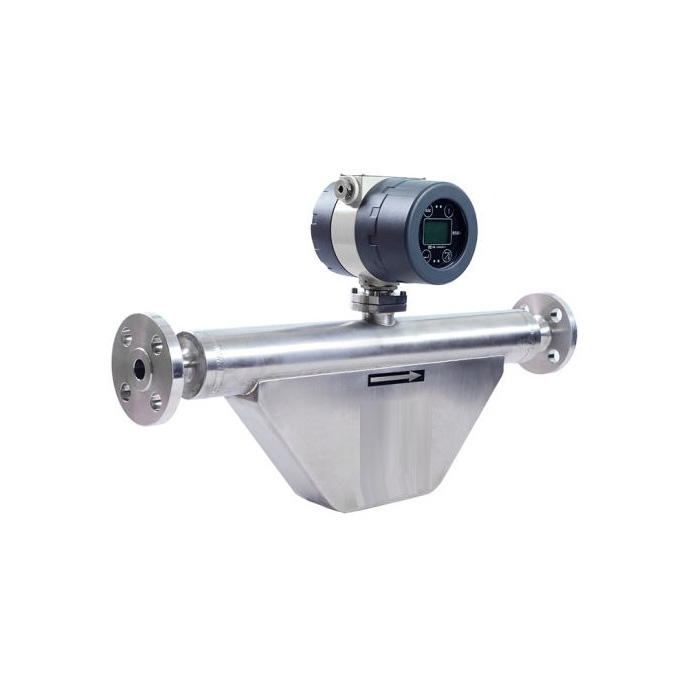
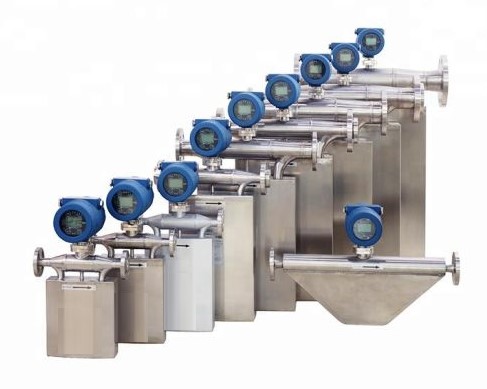
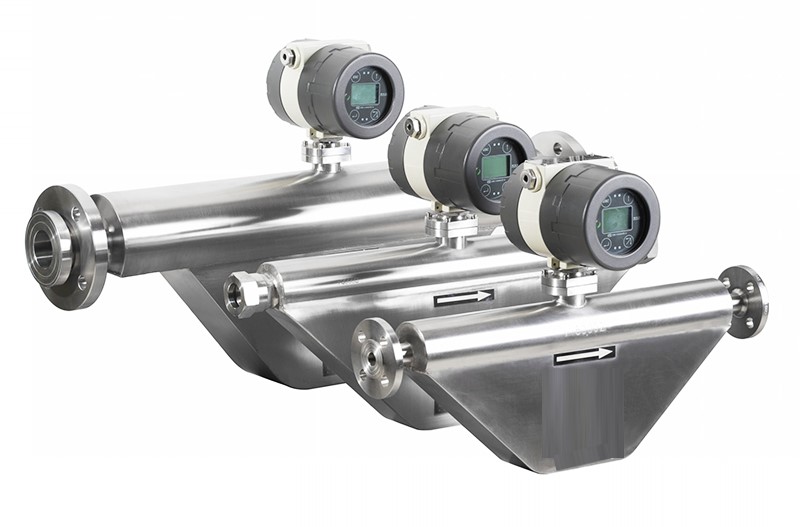
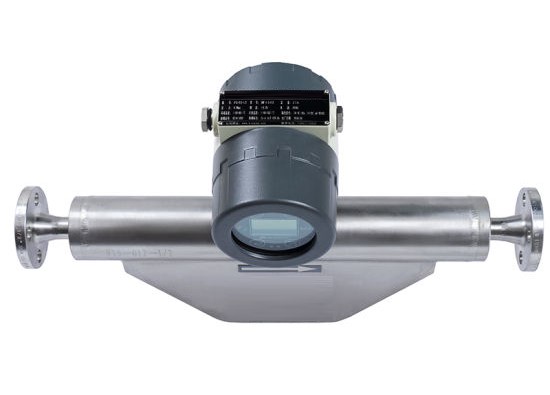
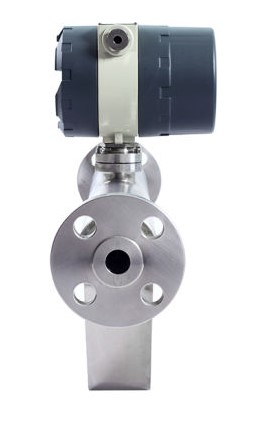

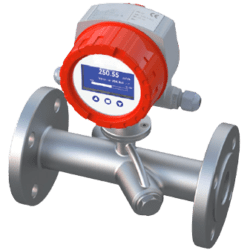
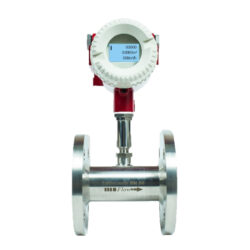
Reviews
There are no reviews yet.